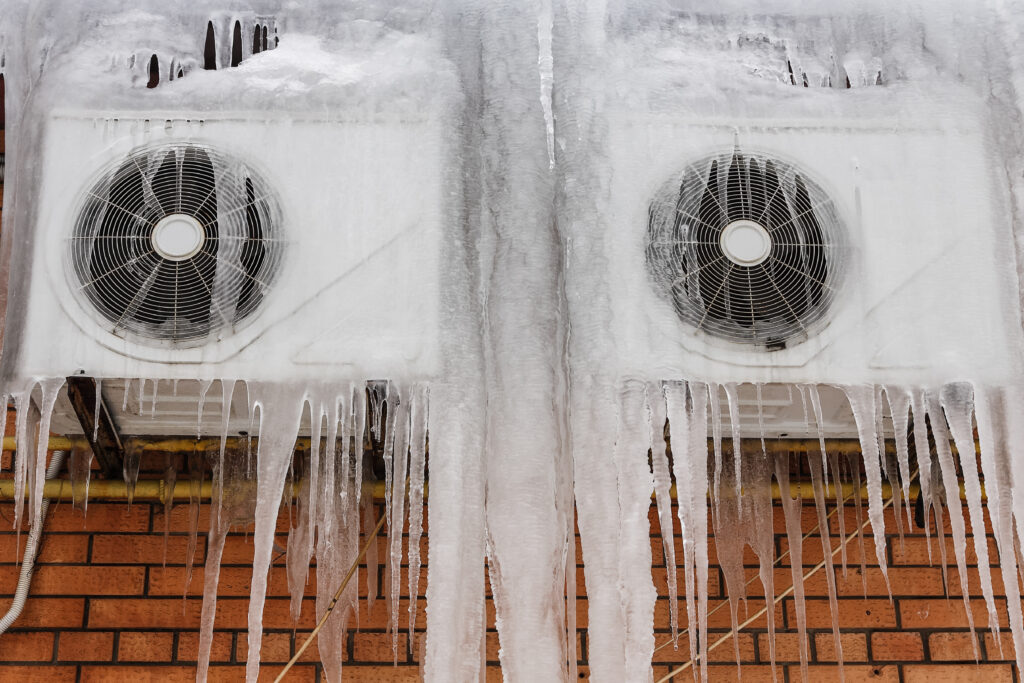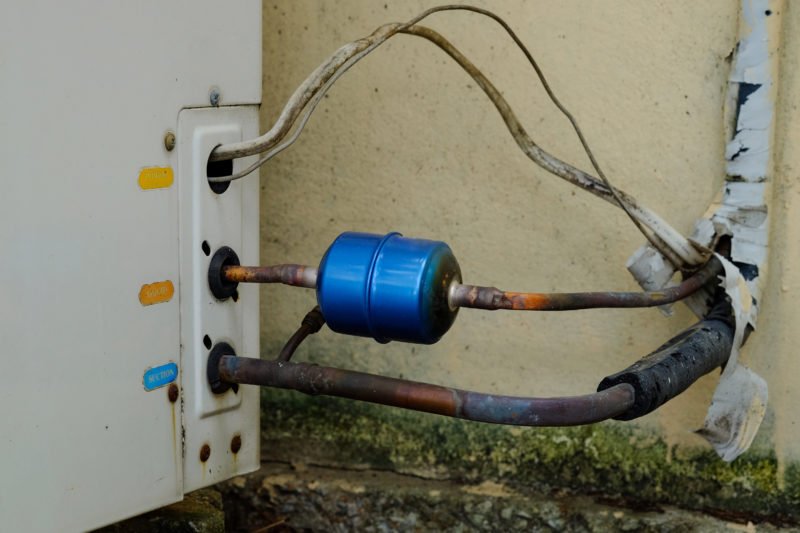Identifying a Frozen AC Pipe - Efficient Fixes for House Air Conditioning Systems
Identifying a Frozen AC Pipe - Efficient Fixes for House Air Conditioning Systems
Blog Article
The article author is making several great pointers relating to How can I fix an air conditioner’s frozen pipe? overall in this post down the page.

Introduction
Discovering that your AC pipeline is frozen can be worrying, specifically throughout hot summer months when you rely on your air conditioning system one of the most. Recognizing what to do in such a scenario is crucial to prevent further damages to your cooling system and guarantee your comfort inside.
Recognizing the Causes
Several factors can add to the freezing of an a/c pipe. Comprehending these causes can aid you attend to the concern properly.
Lack of Airflow
One common root cause of an icy AC pipeline is inadequate airflow. When the airflow over the evaporator coil is limited, it can create the coil to drop below freezing temperature, causing ice development on the pipe.
Reduced Refrigerant Levels
Inadequate refrigerant levels in your AC system can likewise result in a frozen pipeline. Reduced cooling agent degrees can trigger the stress in the system to drop, leading to the cold of wetness on the evaporator coil.
Cold Weather Conditions
In cooler climates, freezing temperatures outside can contribute to the freezing of a/c pipelines. If your air conditioner system is not effectively shielded or if there are leaks in the ductwork, cool air can penetrate the system, causing the pipe to freeze.
Dirty Air Filters
Filthy or stopped up air filters can restrict airflow in your air conditioning system, bring about different issues, consisting of a frozen pipe. It's necessary to replace or cleanse your air filters frequently to make sure appropriate airflow and prevent ice accumulation.
Signs of a Frozen Air Conditioning Pipe
Acknowledging the indicators of a frozen a/c pipeline is crucial for punctual activity.
Decreased Airflow
If you discover a significant decrease in air flow from your vents, it might show an icy pipeline.
Ice Buildup on the Pipe
Noticeable ice buildup on the cooling agent line or the evaporator coil is a clear indicator of an icy air conditioner pipeline.
Odd Sounds from the Unit
Unusual sounds, such as hissing or gurgling, coming from your a/c device can signify that there's ice existing on the pipe.
Immediate Actions to Take
When confronted with an icy AC pipeline, it's important to act quickly to avoid further damage to your cooling system.
Shutting off the air conditioning
The first step is to switch off your air conditioning system to stop the system from running and exacerbating the problem.
Looking for Blockages
Examine the area around the indoor device for any kind of blockages that may be blocking air flow, such as furniture or curtains.
Defrosting the Pipe
You can use mild techniques like positioning towels soaked in warm water around the icy pipe to assist thaw it gradually.
Preventive Measures
Taking safety nets can help stay clear of future occurrences of a frozen a/c pipe.
When DIY Methods Fail
If your attempts to thaw the pipeline or address other problems are unsuccessful, it's time to contact an expert.
Value of Hiring a Professional HVAC Technician
A certified HVAC service technician has the experience and devices required to detect and fix problems with your air conditioning system securely and properly.
Routine Maintenance Checks
Set up regular upkeep contact a professional HVAC professional to ensure that your air conditioner system is running successfully.
Changing Air Filters
Regularly replace or clean your air filters to prevent air flow limitations and keep optimum efficiency.
Insulating Exposed Pipes
If your air conditioning pipelines are exposed to cool temperature levels, think about protecting them to stop freezing during winter season.
Seeking Professional Help
If DIY techniques stop working to settle the problem or if you're not sure concerning exactly how to continue, it's finest to seek aid from a qualified HVAC service technician.
Final thought
Taking care of an icy a/c pipeline can be an irritating experience, but knowing just how to react can assist minimize damage and recover convenience to your home. By comprehending the causes, acknowledging the signs, and taking timely activity, you can successfully address the concern and prevent future events.
What to Do If Your AC Line Is Frozen
Make Sure All Supply and Return Air Vents Are Open
If you notice problems with airflow, the first thing you should do is check your supply and return vents. Supply vents distribute clean, conditioned air throughout your home. As this air becomes stale, it’s pulled into the return vent, where it’s reconditioned before being sent back out through the supply vent.
When these vents are closed, air won’t flow in the home. Before examining your AC, check the vents in every room and ensure they’re all open.
Check for a Dirty Air Filter
Another possible cause of limited airflow is a dirty air filter. Your air conditioner’s filters catch elements you don’t want to breathe in, such as dirt and dust. Over time, filters can become clogged, ultimately blocking air from flowing in and out. The lack of airflow can then cause the entire coil to freeze and will completely restrict any air from moving through it. The AC may need to be powered off for one to two days to allow the coil to thaw after replacing the filter to allow proper functioning of the unit. This debris can also accumulate on your AC’s evaporator coil, requiring a more serious repair. In general, air filters should be cleaned regularly (about every two weeks).
Assess Your Outdoor Unit
In addition to checking your AC, assessing the outdoor unit is a good idea. Also known as the condensing unit, it works with your interior unit to release heat outside. An issue with the outdoor unit can result in rising internal temperatures.
Overgrown Shrubs or Clogged Leaves
From leaves and twigs to shrubs and debris, there’s no shortage of outdoor elements that can accumulate around your condensing unit. When these elements get lodged inside the unit, they can block airflow. Fortunately, removing the blockage can solve the problem.
Sounds of a Broken Fan
Shrubs and leaves aren’t the only things that can impede your outdoor unit’s airflow. If the fan is broken, the unit won’t be able to properly get rid of heat — which means the internal temperature won’t go down. First, make sure the fan is spinning. If it is, check for the following sounds of a broken fan:
Buzzing Rattling Screeching Hissing Clicking Preventative Measures
Nobody wants to deal with a frozen AC line. In addition to causing problems with your air conditioner, they require professional repairs. On the bright side, there are preventative measures you can take to help ensure this issue doesn’t arise in the first place.
https://www.coopergreenteam.com/blog/what-to-do-if-ac-line-frozen

Hopefully you enjoyed reading our excerpt about Have a Frozen AC Line? Here’s How to Fix It. Thanks a ton for finding the time to browse our content. Are you aware of somebody else who is occupied with How can I fix an air conditioner’s frozen pipe?? Why not share it. I am grateful for your time. Visit us again soon.
Click Here To Read More Report this page